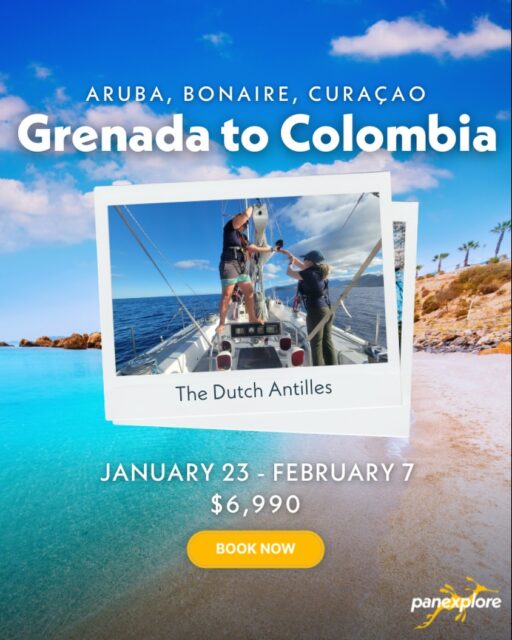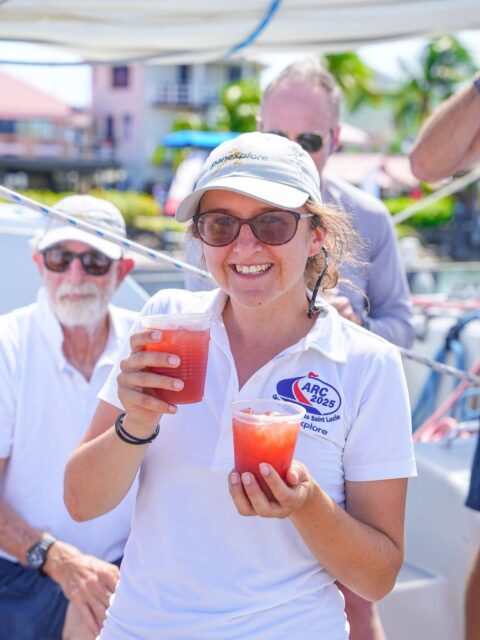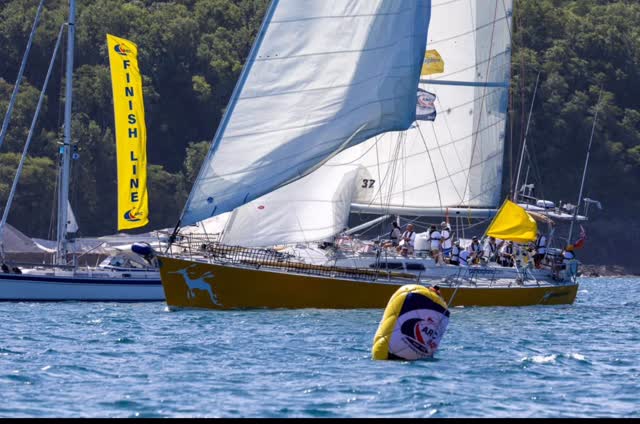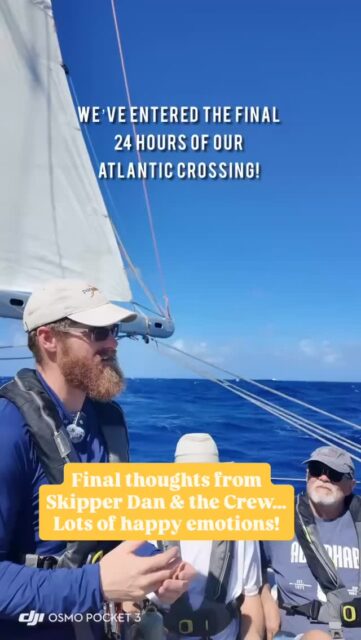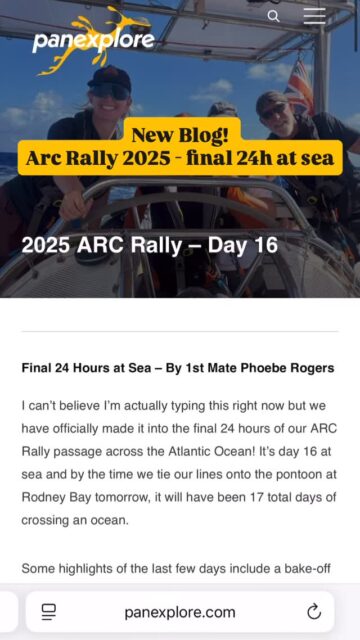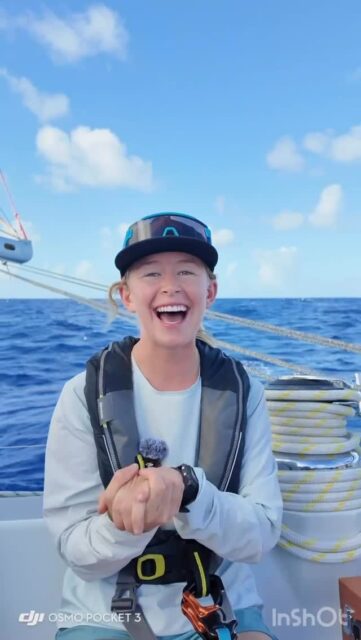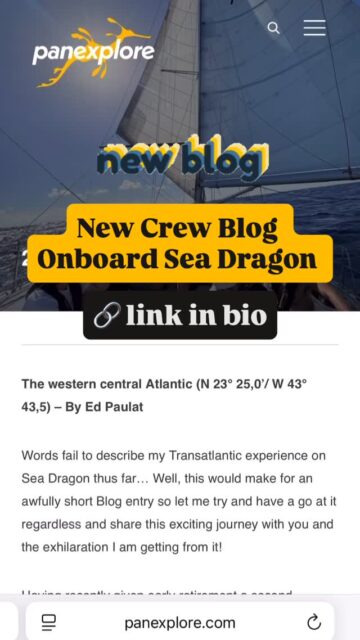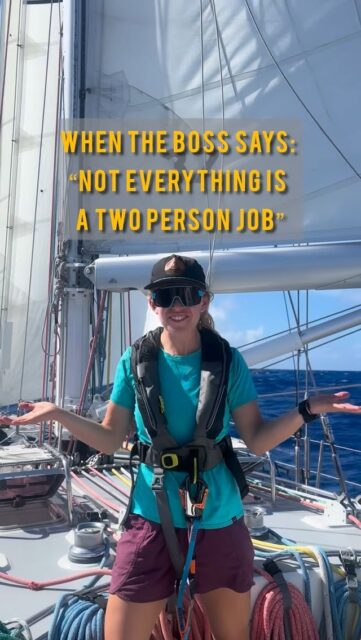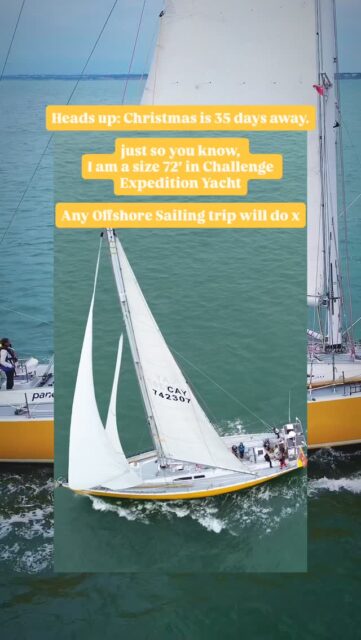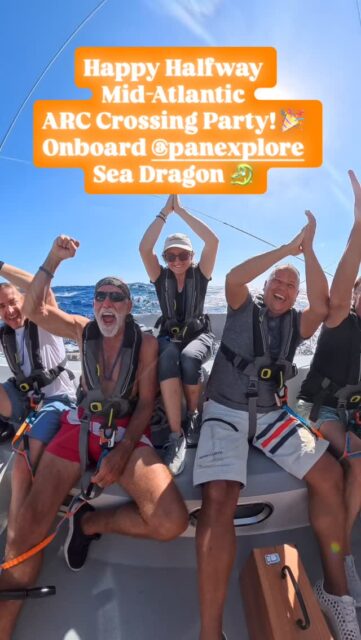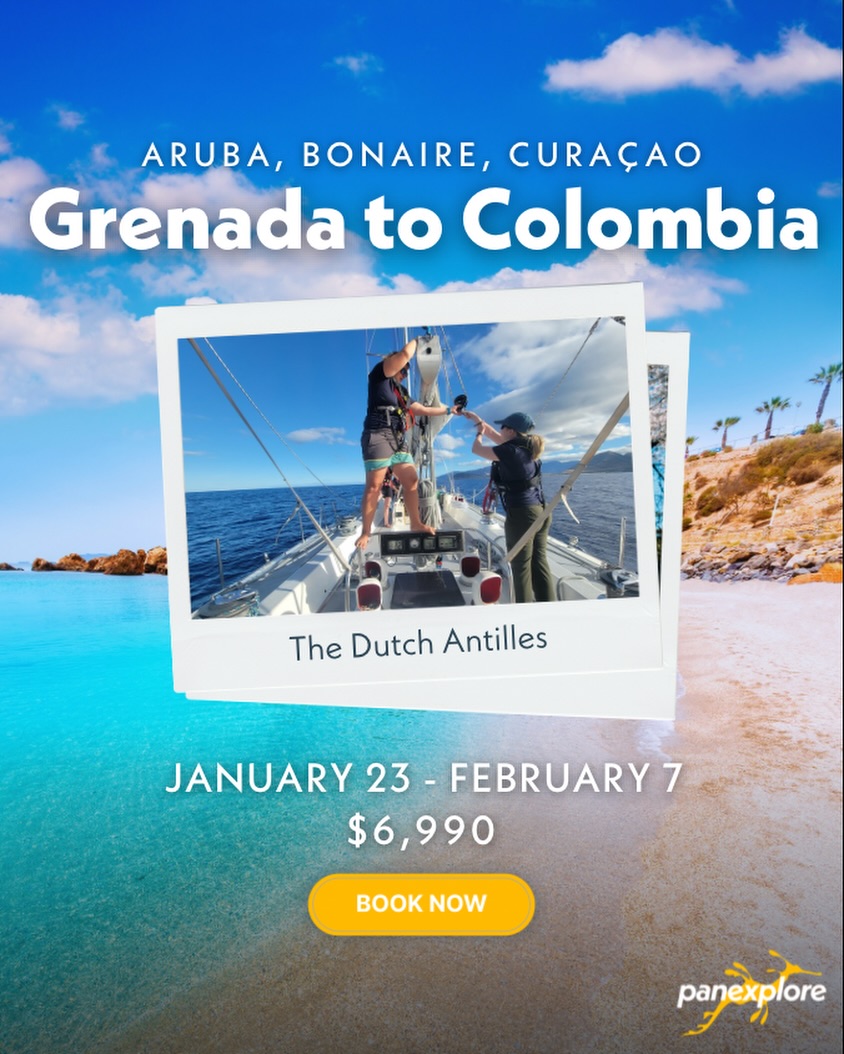We’re skirting along the northern edge of the Papahanaumokuakea Marine National Monument, the largest marine protected area on the planet, established only 6 years ago. The ocean is the last frontier of conservation, with less than 1% currently set aside as a safe haven for marine life. For comparison,12% of land has this level of protection from governments worldwide, leaving nearly all of the ocean open to exploit.
The conservation challenges ahead are up against a struggle for space as the current human population exceeds 7 billion. China, India and Brazil are achieving US levels of productivity, affluence and consumerism, which require resources to feed, house, defend, transport, and provide power to their people. That 12% of land that is off limits stands in contrast to the 88% that is farmed, ranched, paved, industrialized and covered with houses and highrises. We can divide the world into three kinds of space: Protected Wild Space, People Space, and the rest of it, that isn’t owned by a company or country, is WASTE SPACE.
The open ocean has become waste space. This expedition is the first exploration of plastic pollution in the western North Pacific Gyre south of 30°N. We skimmed the sea surface with 72 surface trawls, in over 6,000 miles of sailing. Every trawl contained plastic pollution. This would not be acceptable in our national parks at home, wildlife refuges, or reserves on land. Yet Papahanaumokuakea Marine National Monument receives thousands of pieces of plastic trash on its shores daily.
With this new level of protection will there be greater enforcement of MARPOL (Annex V of the International Convention for the Prevention of Pollution from Ships that prevents plastic from being dumped at sea anywhere in the world.)? Will the Papahanaumokuakea Marine National Monument be able to characterize the waste washed ashore to determine type and product, then go after those companies or countries for compensation? Or perhaps they could even demand a benign material to replace the plastic in the most polluting products. Would cigarette lighters and toothbrushes in albatross stomachs persuade their manufactures to use a biodegradable plastic, like PHA? If not for the sake of wildlife, can “Monument” status be used as a tool of enforcement?
